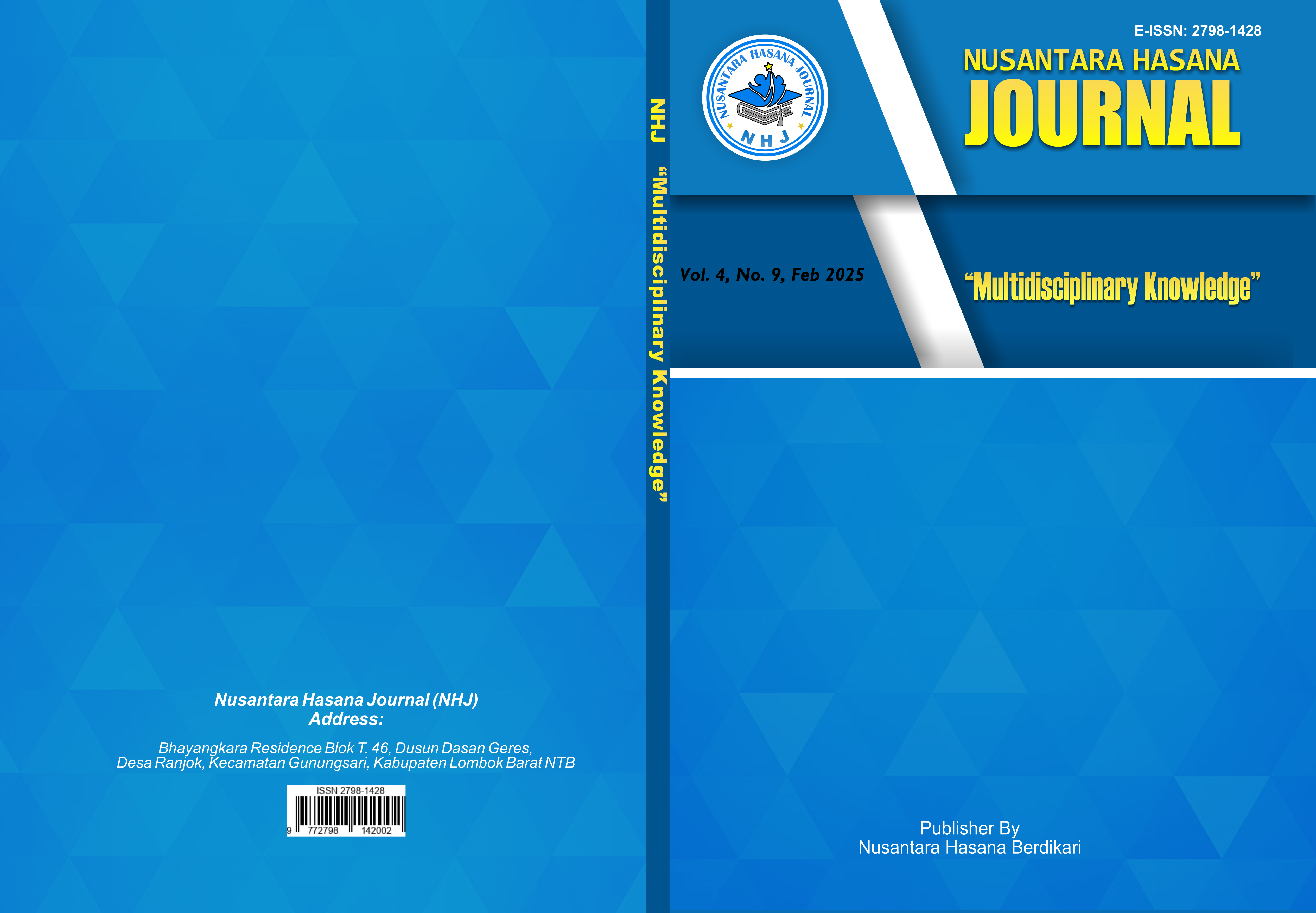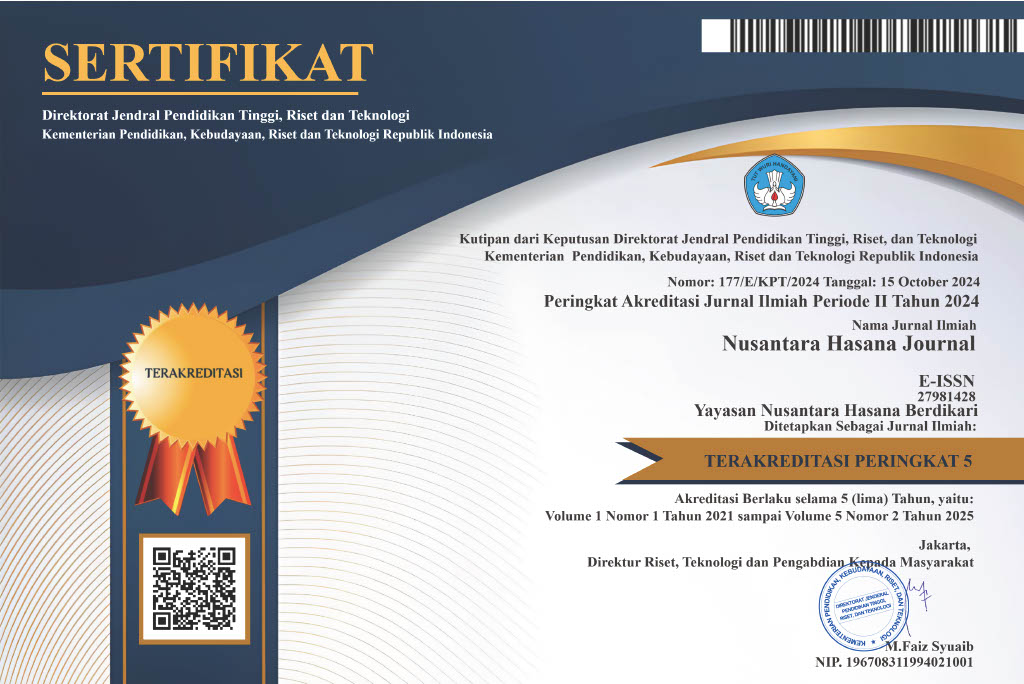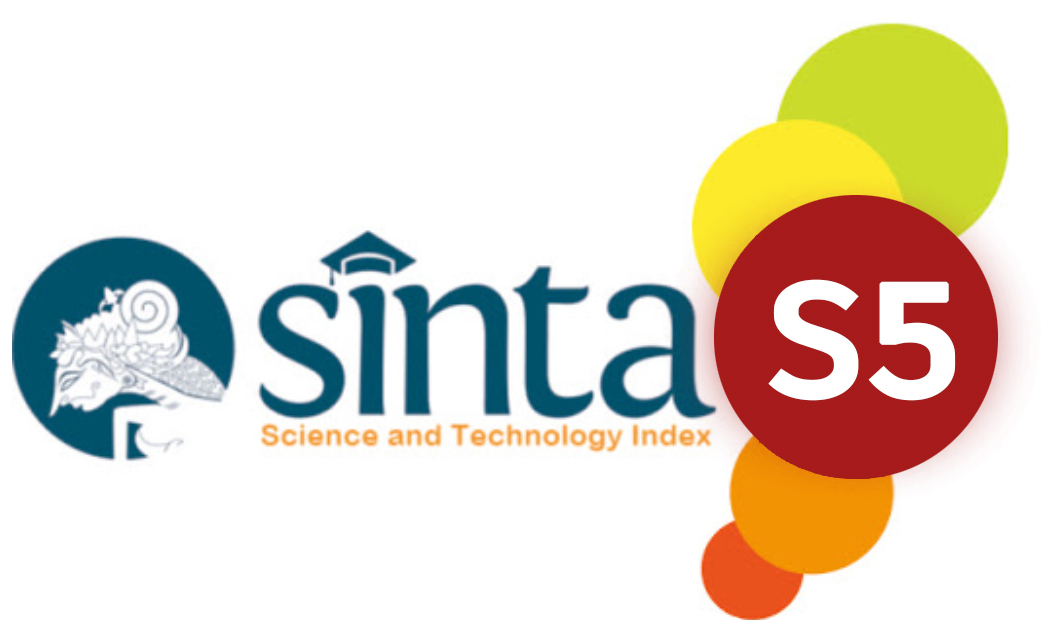EVALUASI MULTI-KRITERIA TERHADAP KEBIJAKAN KARBON: KOMBINASI PENDEKATAN KUANTITATIF DAN KUALITATIF
DOI:
https://doi.org/10.59003/nhj.v4i9.1344Keywords:
Emission Trading, Carbon Tax, Greenhouse Gas Emissions, Economic GrowthAbstract
This study analyzes the impact of the Emission Trading Scheme (ETS) and carbon tax on the economy and society in Indonesia using quantitative and qualitative methods. The quantitative method uses a dynamic system model to analyze the effect of carbon policy on greenhouse gas (GHG) emissions and economic growth. Simulation results show that carbon policy is effective in reducing GHG emissions, although it has a negative impact on gross domestic product (GDP), especially at high carbon prices. Qualitative methods involve surveys and interviews to evaluate the social impact of this policy. The results of the analysis show that the environmental and forestry sectors are more supportive of ETS, while the financial, service, and NGO and community sectors prefer carbon tax. Although carbon policy is effective in reducing GHG emissions, its economic and social impacts need to be taken into account. Therefore, the formulation of carbon policy must consider the balance between the effectiveness of emission reduction and its impact on various sectors to ensure economic sustainability and social welfare in Indonesia.
Downloads
References
Peraturan Presiden, “Peraturan Presiden Nomor 98 Tahun 2021 tentang Penyelenggaraan Nilai Ekonomi Karbon untuk Pencapaian Target Kontribusi yang Ditetapkan Secara Nasional dan Pengendalian Emisi Gas Rumah Kaca dalam Pembangunan Nasional,” Database Peratur. BPK, vol. 10, no. 1, pp. 279–288, 2021.
C. Hepburn, N. Stern, and J. E. Stiglitz, “‘Carbon pricing’ special issue in the European economic review,” Eur. Econ. Rev., vol. 127, p. 103440, 2020, doi: 10.1016/j.euroecorev.2020.103440.
H. Sun and J. Yang, “Optimal decisions for competitive manufacturers under carbon tax and cap-and-trade policies,” Comput. Ind. Eng., vol. 156, no. March, p. 107244, 2021, doi: 10.1016/j.cie.2021.107244.
J. Feng, Z. Dan, and W. Wei, Cap and Trade Versus Carbon Tax : An Analysis Based on a CGE Model, no. 58. Springer US, 2021.
Z. Tu, B. Liu, D. Jin, W. Wei, and J. Kong, “The Effect of Carbon Emission Taxes on Environmental and Economic Systems,” Int. J. Environ. Res. Public Health, vol. 19, no. 6, 2022, doi: 10.3390/ijerph19063706.
A. Köppl and M. Schratzenstaller, “Carbon taxation: A review of the empirical literature,” J. Econ. Surv., vol. 37, no. 4, pp. 1353–1388, 2023, doi: 10.1111/joes.12531.
H. Xu, X. Pan, J. Li, S. Feng, and S. Guo, “Comparing the impacts of carbon tax and carbon emission trading, which regulation is more effective?,” J. Environ. Manage., vol. 330, p. 117156, 2023, doi: https://doi.org/10.1016/j.jenvman.2022.117156.
Z. Jia and B. Lin, “Rethinking the choice of carbon tax and carbon trading in China,” Technol. Forecast. Soc. Change, vol. 159, no. December 2019, p. 120187, 2020, doi: 10.1016/j.techfore.2020.120187.
N. Ma, H. Li, Y. Wang, J. Zhang, Z. Li, and A. Arif, “The short-term roles of sectors during a carbon tax on Chinese economy based on complex network: An in-process analysis,” J. Clean. Prod., vol. 251, p. 119560, 2020, doi: 10.1016/j.jclepro.2019.119560.
Y. Cao, A. Chaiwan, and C. Chaiboonsri, “The Effects of Industrialization and Economic Growth on Sustainable Development Decoupling in China,” Rev. Integr. Bus. Econ. Res., vol. 12, no. 3, pp. 103–118, 2022.
C. Barragán-Beaud, A. Pizarro-Alonso, M. Xylia, S. Syri, and S. Silveira, “Carbon tax or emissions trading? An analysis of economic and political feasibility of policy mechanisms for greenhouse gas emissions reduction in the Mexican power sector,” Energy Policy, vol. 122, no. July, pp. 287–299, 2018, doi: 10.1016/j.enpol.2018.07.010.
J. Shen and C. Zhao, “Carbon trading or carbon tax? A computable general equilibrium–based study of carbon emission reduction policy in China,” Front. Energy Res., vol. 10, p. 906847, 2022.
J. W. Creswell and M. Hirose, “Mixed methods and survey research in family medicine and community health,” Fam. Med. Community Heal., vol. 7, no. 2, pp. 1–6, 2019, doi: 10.1136/fmch-2018-000086.
R. L. Harrison, T. M. Reilly, and J. W. Creswell, “Methodological Rigor in Mixed Methods: An Application in Management Studies,” J. Mix. Methods Res., vol. 14, no. 4, pp. 473–495, 2020, doi: 10.1177/1558689819900585.
R. Li, Q. Wang, Y. Liu, and R. Jiang, “Per-capita carbon emissions in 147 countries: The effect of economic, energy, social, and trade structural changes,” Sustain. Prod. Consum., vol. 27, pp. 1149–1164, 2021, doi: 10.1016/j.spc.2021.02.031.
Q. Wang and F. Zhang, “The effects of trade openness on decoupling carbon emissions from economic growth – Evidence from 182 countries,” J. Clean. Prod., vol. 279, p. 123838, 2021, doi: https://doi.org/10.1016/j.jclepro.2020.123838.
A. Dechezleprêtre, D. Nachtigall, and F. Venmans, “The joint impact of the European Union emissions trading system on carbon emissions and economic performance,” J. Environ. Econ. Manage., vol. 118, p. 102758, 2023, doi: https://doi.org/10.1016/j.jeem.2022.102758.
M. Khastar, A. Aslani, and M. Nejati, “How does carbon tax affect social welfare and emission reduction in Finland ?,” Energy Reports, vol. 6, pp. 736–744, 2020, doi: 10.1016/j.egyr.2020.03.001.
S. F. Moosavian, R. Zahedi, and A. Hajinezhad, “Economic, Environmental and Social Impact of Carbon Tax for Iran: A Computable General Equilibrium Analysis,” Energy Sci. Eng., vol. 10, no. 1, pp. 13–29, 2022, doi: 10.1002/ese3.1005.
L. Wu, S. Zhang, and H. Qian, “Distributional effects of China’s National Emissions Trading Scheme with an emphasis on sectoral coverage and revenue recycling,” Energy Econ., vol. 105, p. 105770, 2022, doi: https://doi.org/10.1016/j.eneco.2021.105770.
M. Antosiewicz, J. R. Fuentes, P. Lewandowski, and J. Witajewski-Baltvilks, “Distributional effects of emission pricing in a carbon-intensive economy: The case of Poland,” Energy Policy, vol. 160, p. 112678, 2022, doi: https://doi.org/10.1016/j.enpol.2021.112678.
Y. Barlas, “Multiple tests for validation of system dynamics type of simulation models,” Eur. J. Oper. Res., vol. 42, no. 1, pp. 59–87, 1989.
Y. hua Chen, C. Wang, P. yan Nie, and Z. rui Chen, “A clean innovation comparison between carbon tax and cap-and-trade system,” Energy Strateg. Rev., vol. 29, p. 100483, 2020, doi: 10.1016/j.esr.2020.100483.
G. Lyons, C. Rohr, A. Smith, A. Rothnie, and A. Curry, “Scenario planning for transport practitioners,” Transp. Res. Interdiscip. Perspect., vol. 11, p. 100438, 2021, doi: https://doi.org/10.1016/j.trip.2021.100438.
X. Hu, Z. Yang, J. Sun, and Y. Zhang, “Carbon tax or cap-and-trade : Which is more viable for Chinese remanufacturing industry ?,” vol. 243, 2020, doi: 10.1016/j.jclepro.2019.118606.
Downloads
Published
How to Cite
Issue
Section
License
Copyright (c) 2025 Husmaruddin

This work is licensed under a Creative Commons Attribution-NonCommercial-ShareAlike 4.0 International License.
NHJ is licensed under a Creative Commons Attribution-NonCommercial-ShareAlike 4.0 International License.
Articles in this journal are Open Access articles published under the Creative Commons CC BY-NC-SA License This license permits use, distribution and reproduction in any medium for non-commercial purposes only, provided the original work and source is properly cited.
Any derivative of the original must be distributed under the same license as the original.
























